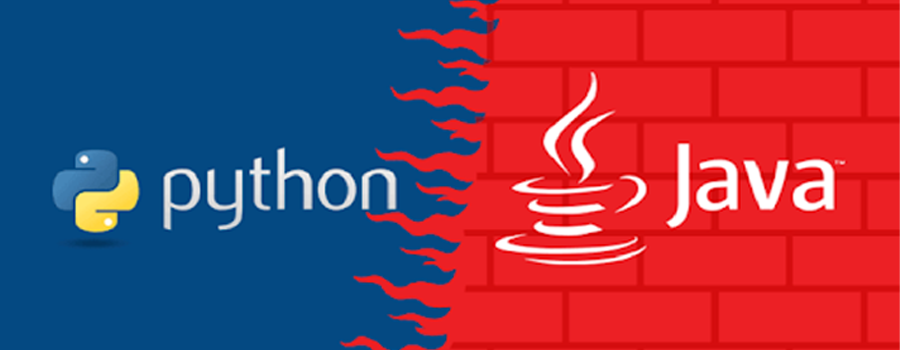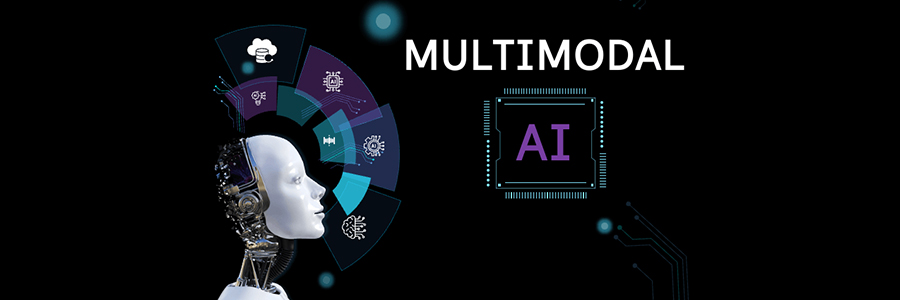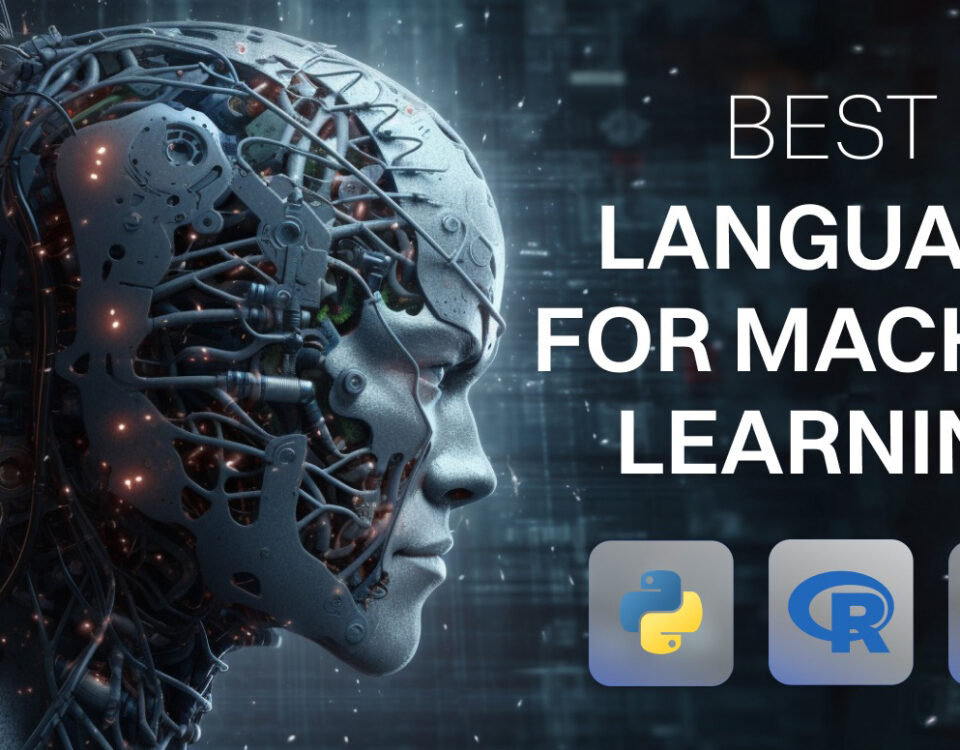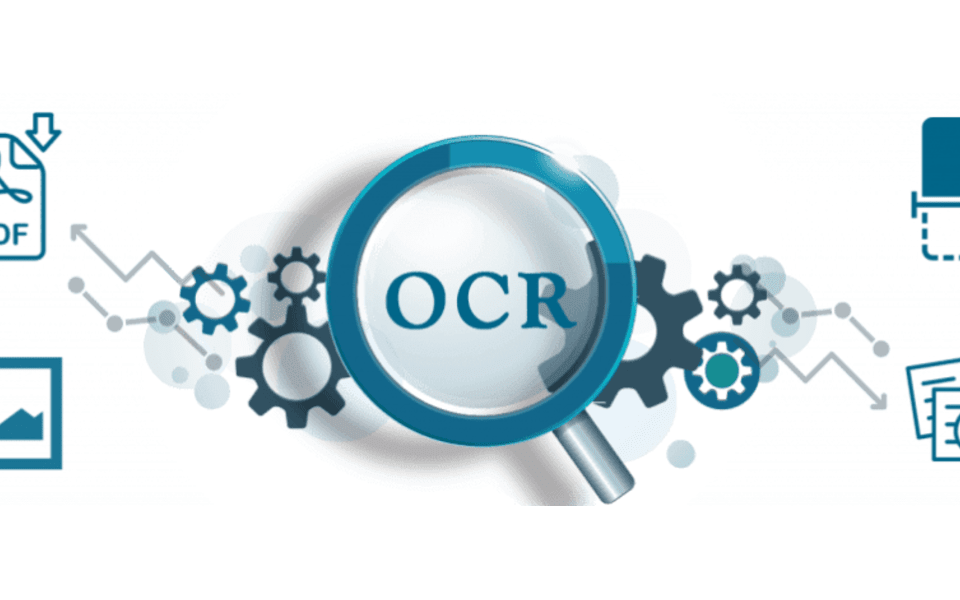
How will WooCommerce CMS Help You To Grow e-Commerce Business?
22nd February 2021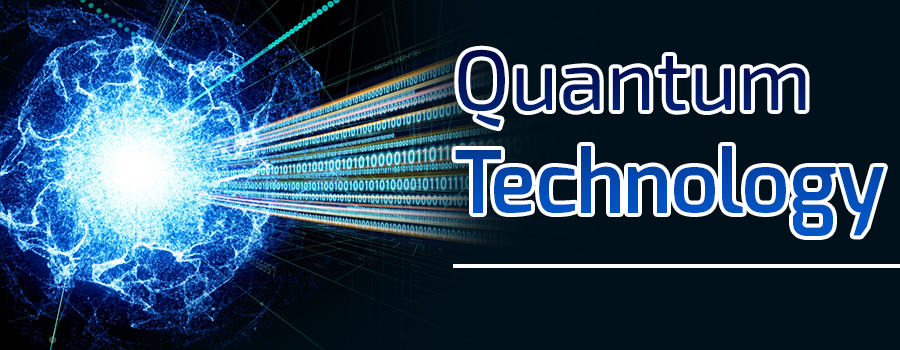
Quantum Technology
24th February 2021From below, read a few pointers that will help you to find the best between Java and Python, and by doing so, you will be able to end the war of Java Vs Python.
Java
- Code: Expanded lines of code compared with Python mean it takes ten lines to complete a single part of the coding.
- Dynamic: In Java, you have to indicate the type of data.
- Syntax: If on completing the program at the end, you haven’t placed a semicolon (;), then it will show an error. In Java coding, you need to use curly braces after or before a particular block; if you do not perform the same, code will not work.
- Portability: Java virtual machine (JVM) of Java programming language is widespread and is also available everywhere.
- Speed: If I talk about speed, then Java is faster in comparison with Python.
- Easy to use: If I talk about a difficult level, then Java is not so easy to use means it is quite hard to learn and use Java.
- Legacy: Java follows a verbose coding style, and that’s why the Legacy system of Java is larger than Python.
- Backend Frameworks: In Java programming language, Spring and Blade are used.
- Machine Learning Libraries: In Java, Weka, Mallet, Deeplearning4j, MOA machine learning libraries are used, and these are used in Python.
- Game Development Engines: In Java, JMonkeyEngine is used, but this is not used in Python.
Python
- Code: In Python, small lines of code are used. The single code part can be written in 2 lines, and this makes Python a preferred language.
- Dynamic: In a python programming language, codings are of dynamic types means in coding, you don’t have to declare the type of variable.
- Syntax: In python programming, it is not necessary to place a semicolon (;) at the end of the statement. Indentation is required in Python, but in this braces cannot be used. Indentation mainly enhances the readability of coding.
- Portability: If I talk about popularity, then Java is more popular than Python, but Python is portable.
- Speed: In comparison with Java, Python is slower. Python is an interpreter, and it determines data type; that’s why it is slow.
- Easy to use: In Python, shorter codes are used, and in this dynamic, coding is used, which is easy to use and understand.
- Legacy: In Python fewer legacy problems occur; that’s why most of the companies face difficulty while copy and pasting the code.
- Backend Frameworks: Django, Flask are the backend frameworks that are used to build web applications.
- Machine Learning Libraries: In Python Tensorflow, Pytorch Machine learning Libraries are utilized.
- Game Development Engines: In Python, Cocos, Panda3d are used as game Development Engines.
Java Vs Python: Trends
If I talk about Java and Python trends, then in the United States (US), Python is more trending in comparison with Java.
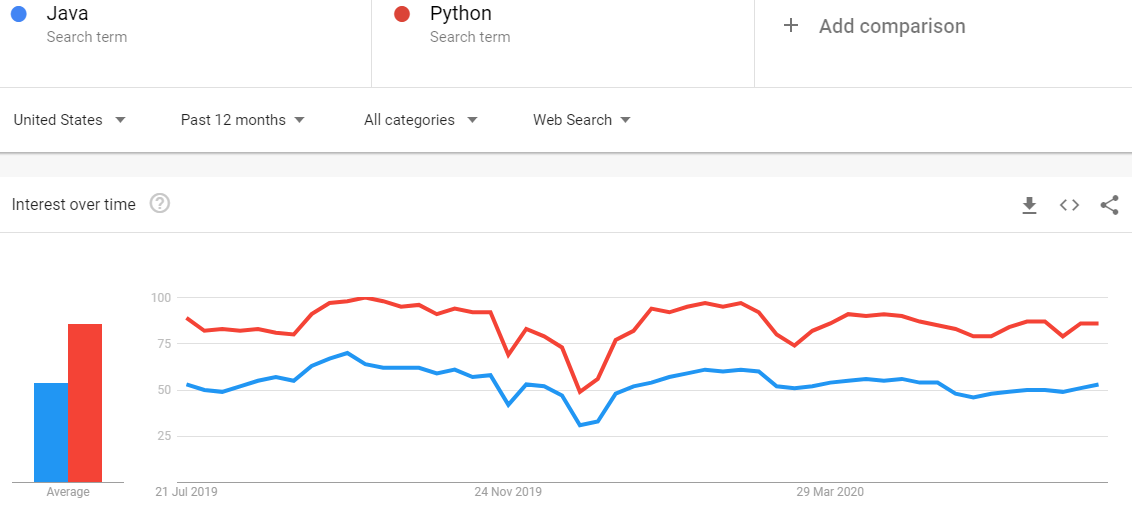
If I talk about Java and Python trends in the war of “Python vs Java”, then in India, Java is more trending than Python.
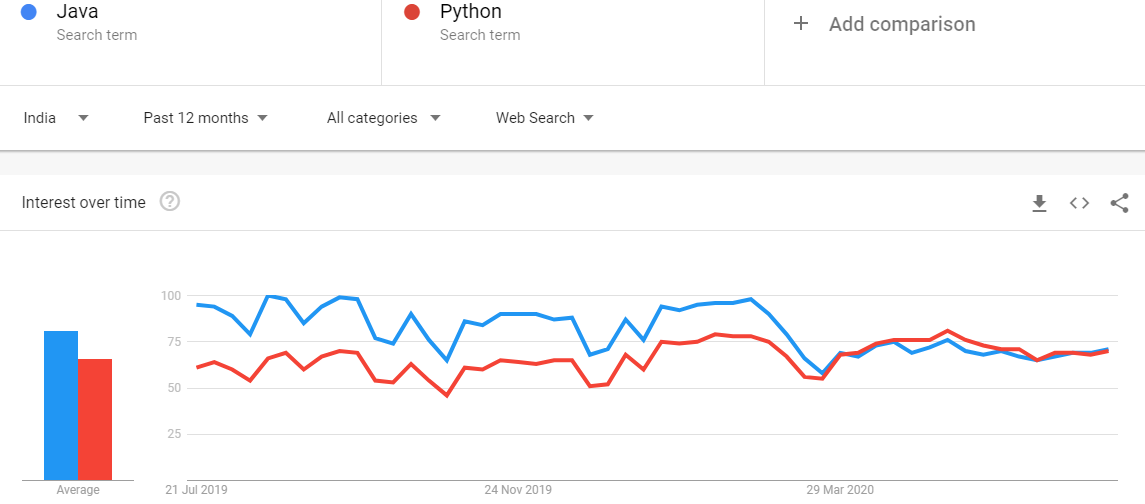
Java Vs Python: Comparison Table
From below, view the Java Vs Python comparison table from this, you can recognize which programming language will best suit your business.
| Technology | Java | Python |
| Syntax | Hard to learn and understand | Simple to learn and understand |
| Framework | Spring, Grails, Play, Struts, JavaServer Faces (JSF) | Giotto, Pylons, TurboGears, Web2Py, Bottle |
| Cross-Platform | Yes | Yes |
| Machine Learning Libraries | Weka, Mallet, Deeplearning4j, MOA | Tensorflow, Pytorch |
| Game Development Engines | JMonkeyEngine | Cocos, Panda3d |
| Website | 13,839 live websites using Java | 138,553 live websites using Python |
| Speed | Faster | Slower |
| Legacy | Larger | Less |
Top 10 Java Frameworks
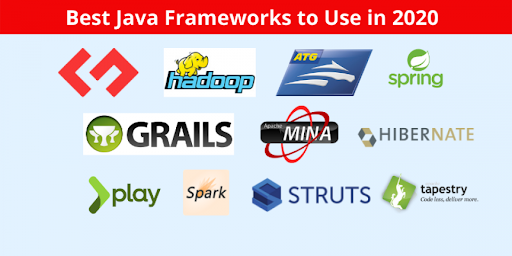
The Java framework is specific to the Java programming language; it is used to develop software applications and Java programs. Java frameworks usually include predefined classes and functions, and it helps you to develop apps faster. Let’s read about the top 8 Java Frameworks.
Spring: It is an open-source framework used to build Enterprise web applications. This framework includes several modules such as AOP, IOC, WEB MVC Context, DAO ORM, etc.
Struts: Apache Struts is one of the excellent open-source frameworks for web applications. It also supports the MVC (Model-View-Controller) model and prolongs the JSP API.
Hibernate: Hibernate is not a full-stack framework. It is an Object-Relational-Mapping (ORM) database for Java applications, and it supports JPA implementation.
Apache Wicket: It is one of the widely used Java frameworks, and has a component-oriented structure. Its main features include a POJO model that holds a number of components like reusable packages with images, buttons, forms, links, etc.
Java Server Faces (JSF): This framework supports the MVC framework, and it has reusable UI elements for server-based applications. JSF also supports drag and drop UI component features.
Dropwizard: This light-weight framework supports advanced configurations, logging, application metrics, and so on. Hence, this framework allows you to develop leading and reliable web applications.
Grails: It is a full-stack web framework written in the Groovy programming language. It is based on the MVC design pattern. Grails has built-in support for RESTful APIs.
ATG: This framework can be run on three servers that are Oracle Weblogic, IBM Websphere, and JBoss. ATG is one of the finest frameworks to develop e-commerce applications.
Play: It is a popular and unprecedented type of framework that supports the approach of code over configuration. It is based on the MVC pattern.
Hadoop: Apache Hadoop is not a full-stack framework. It works on the MapReduce programming pattern. The framework utilities can easily handle huge volumes of data (Big Data).
Top 10 Python Frameworks
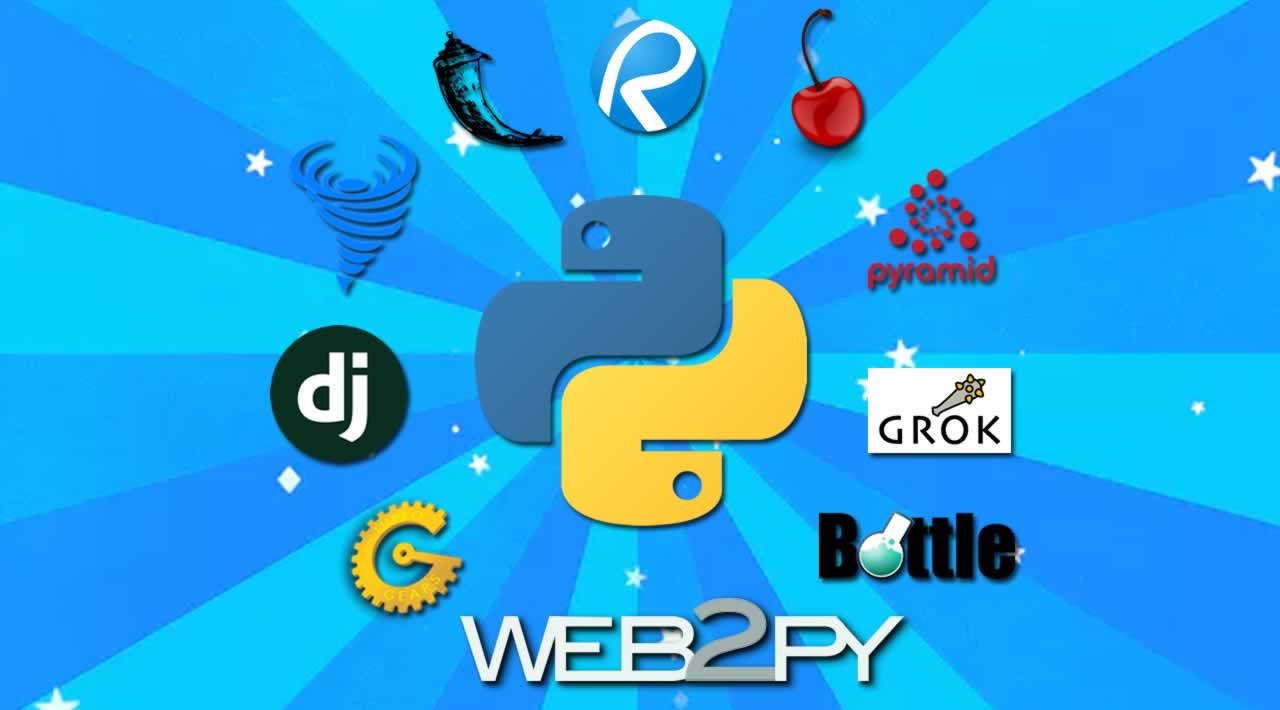
Python frameworks provide structure to web applications, and they also accelerate the app development process. The framework in-build models and functionalities allow users to develop robust applications.
Django: It is the popular free, open-source full-stack Python framework. It supports an MVT (Model-View-Template) architecture, and it also holds leading features that help build top-notch applications.
Flask: Flask is a lightweight and modular design framework used to build a web application. It supports various features such as a built-in fast debugger, RESTful request dispatching, unit testing, ORM, etc.
Bottle: It is one of the popular lightweight micro-frameworks and is used to build APIs. It supports various features such as; built-in HTTP server, plug-ins for different databases, WSGI/HTTP servers, and much more.
TurboGears: TurboGears is an open-source, full-stack framework and is. This web framework offers a combination of Ming (MongoDB Model) or SQLAlchemy (Model), Repoze, Kajiki (View), and ToscaWidgets2.
Web2py: It is also one of the best full-stack frameworks, and it includes a code editor, debugger, and one-click deployment. This framework allows you to manage errors, and this task is performed by the authentication system that is LDAP, Janrain, MySQL, etc.
CherryPy: It is a popular open-source micro-framework that allows developers to build leading web applications. It holds various features such as a built-in multi-threaded server, configuration system, integrated profiling, coverage, and testing support.
Sanic: Sanic is an asynchronous, open-source framework formed on uvloop. It offers fast HTTP responses with asynchronous handling. The framework fits with Python 3.5’s async functions.
Tornado: It is one of the popular web frameworks, and it has an asynchronous networking library. This framework offers built-in support for user authentication, real-time services, non-blocking HTTP client, and so on.
CubicWeb: It is a Full-stack framework built by Logilab. It is a Python-based web framework based on the data model.
Dash: It is a microframework used for building analytical web applications. Apps designed with Dash are web servers that operate Flask and interact with JSON packets.


